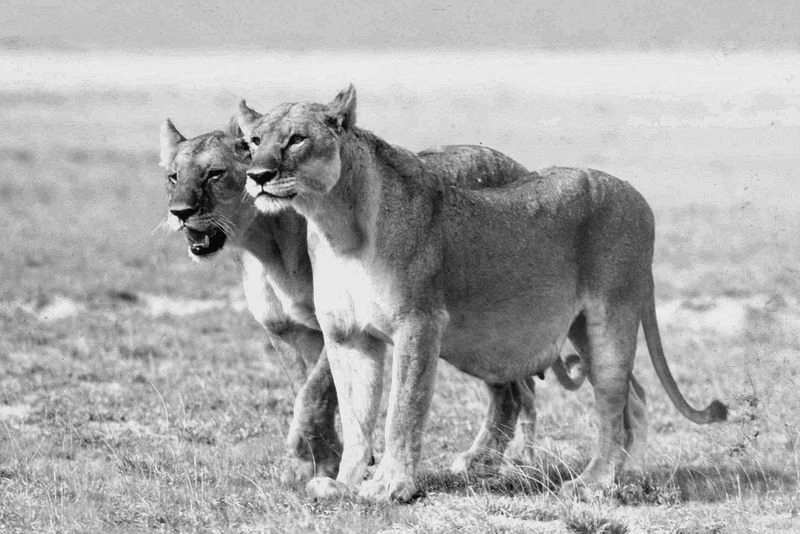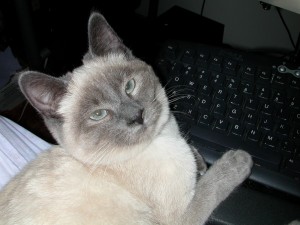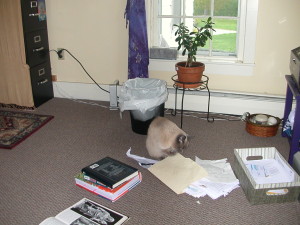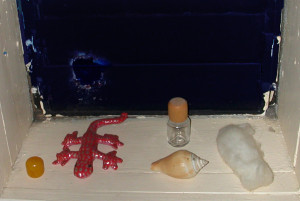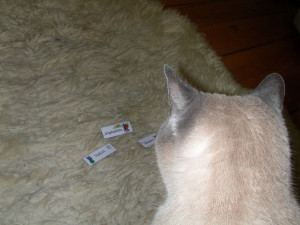
I have another article at Return to Mago about cat and lion goddesses in Ancient Egypt.

I have another article at Return to Mago about cat and lion goddesses in Ancient Egypt.
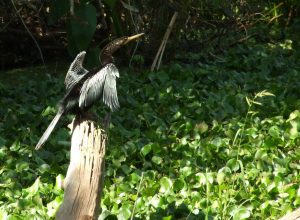
The US has experienced two major hurricanes over the past two weeks, and like many people I have been following the news on these events closely. The last statistics on fatalities that I found report that seventy-one people died in hurricane Harvey and eighty-one in Irma. More than half of the Irma fatalities occurred in the Caribbean. Death tolls from these storms are expected to continue to rise.
As devastating as these hurricanes were, I couldn’t help but compare the loss of life to 2005’s Hurricane Katrina, where over 1,800 people died. One of the reasons that many people in Katrina’s path refused to evacuate was that they did not want to abandon their pets. Storm shelters were not allowing pets and buses were refusing to transport people accompanied by animals. This time around shelters were prepared to accept people accompanied by animals and animal shelters were also poised to help evacuees who could not leave with their pets.
So dogs and cats, as well as people, fared better in these major hurricanes than in previous ones. Many people are asking, what about wildlife in the regions where hurricanes made landfall?

Corkscrew Swamp Sanctuary in southwest Florida also suffered major damage to buildings and boardwalks. The Sanctuary is closed and there is no word yet on when it will be reopened. Again, an assessment of damage to the Sanctuary will not be completed for some time for reasons of safety, in this case the major hazard being fallen trees and unsafe structures. On Big Pine Key, deer have been spotted since Irma tore through. It is unknown what effect the hurricane had on the population of the rare Key deer species. On Key West, Hemingway’s famous six-toed cats evidently survived the storm just fine.
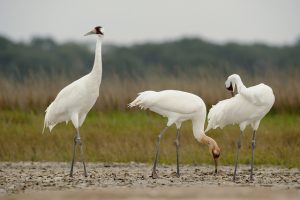
Aransas NWR. Photo: US Fish and Wildlife.
Here are the links for updates on damage assessments at Corkscrew and Aransas.
Have you seen information yet about the webinar I will be leading on Mastering Moon Energies?
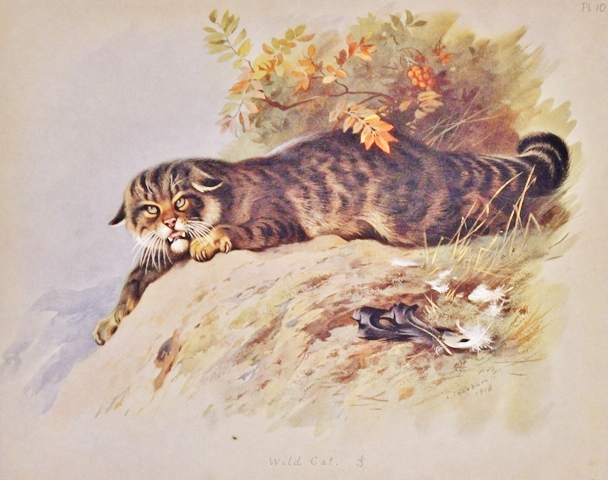
The persecution of cats in Western Europe during the Witch Craze is widely known. Under Christian influence cats were considered agents of the devil or witches in disguise. The terrifying specter of the cat may have pre-Christian antecedents in Celtic countries however. The legend of “King Arthur and the Cat,” though recorded well into Christian times, may reveal something about earlier Celtic attitudes toward the cat, attitudes possibly influenced by interactions with the indigenous wildcat.
The story begins with a fisherman alone in his boat making a vow to offer the first fish he catches to the Lord. But the first catch is unusually fine, so the fisherman hedges and says he will donate the second fish. The second fish is even bigger than the first, so the third catch is then offered. The third fish, however, is not a fish at all, but a small black kitten. The fishermen has need of a mouse catcher, so this third catch does not go to the Lord but is taken to the man’s home.
The kitten grows into a giant cat who eventually strangles the fisherman and his family, then escapes into the countryside where he wreaks havoc, taking many lives. The populace lives in terror and the land becomes desolate.
Eventually Merlin intervenes and enlists the aid of King Arthur. It takes both Merlin’s magic and Arthur’s courage to vanquish the cat, who attacks so persistently that the feet of the dead cat remain fastened to Arthur’s shield.
This fourteenth century French tale has parallels in the eleventh century Irish Voyage of Mael Duin and the sixteenth century English short story Beware the Cat. In all of these stories there is a fierce, implacable cat who takes human life. The cat in these cases does not follow the witch hunter’s narrative as a devilish seducer of the innocent: he is an agent of retribution for a serious offense against Celtic morality. In King Arthur and the Cat the sin is a broken vow, in Beware the Cat it is a brutal raid, and in Voyage of Mael Duin it is a violation of hospitality. The savage cat is not an expression of evil, but of justice.
The webinar “Magical History of the Cat” has been rescheduled for Monday, November 24th, so there’s still time to register. Details are at the webinar website.
Sources
“An Irish Odyssey: The Voyage of Mael Duin” in Celtic Mythology. New Lanark, Scotland: Geddes and Grosset, 1999.
Baldwin, William. Beware the Cat.
“Wilde, Lady Francesca Speranza. “King Arthur and the Cat” in Ancient Legends, Mystic Charms, and Superstitions of Ireland.
Reminder: The Magical History of the Cat, a free webinar with yours truly, is this Monday November 10 at 7:00 Eastern Time. Here is the web page for the event. You may attend live or listen to the recording at your convenience. You must pre-register to attend or to stream the recording. You can register through the webinar webpage or through this link.
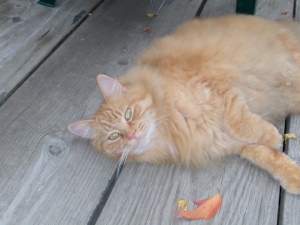
They say you are a mystery
They say you have secrets you will not give up
I say they have not tried to understand
I will study you
Catalogue your movements
Write your words
Analyse your tastes
Cater to your preferences
I will let you decide whether we will pet or not pet
play or not play
I will let you hide in your solitude
I will accept chastisement when I leave the house
I will be the human you rely on
and I will apologize for being human
I will wonder why I am behaving so oddly
and friends will wonder when I became so strange
Then I can say with authority that you are mystery
Then I can speak honestly about secrets that cannot be known
